- Friday, 9 May 2025
International Children’s Literature Conference held in Kathmandu
By TRN Online, Kathmandu, Sep 21: A two-day International Children’s Literature Conference held at Nepal Academy concluded on Saturday.
The landmark event, organized in collaboration with Nepal Academy, the Nepal Society for Children’s Literature (NESCHIL), and Room to Read, featured ten sessions celebrating Indigenous and linguistic diversity in children's literature, the importance of storytelling from children's perspectives, and the need for a vibrant ecosystem in children's literature in both fiction and non-fiction.

“The conference has been a long time coming, but it finally happened, and it has strengthened our commitment to creating a supportive ecosystem for writers, illustrators, and the broader community. We've learned valuable lessons from children’s literature practices around the world,” a Representative from NESCHIL Pramod Pradhan said.
The two-day conference featured over 25 research papers, presented by both Nepali and international scholars, exploring various aspects of children’s literature. Alongside these academic presentations, the event included panel discussions, storytelling sessions, and exhibitions of children's books and artwork.
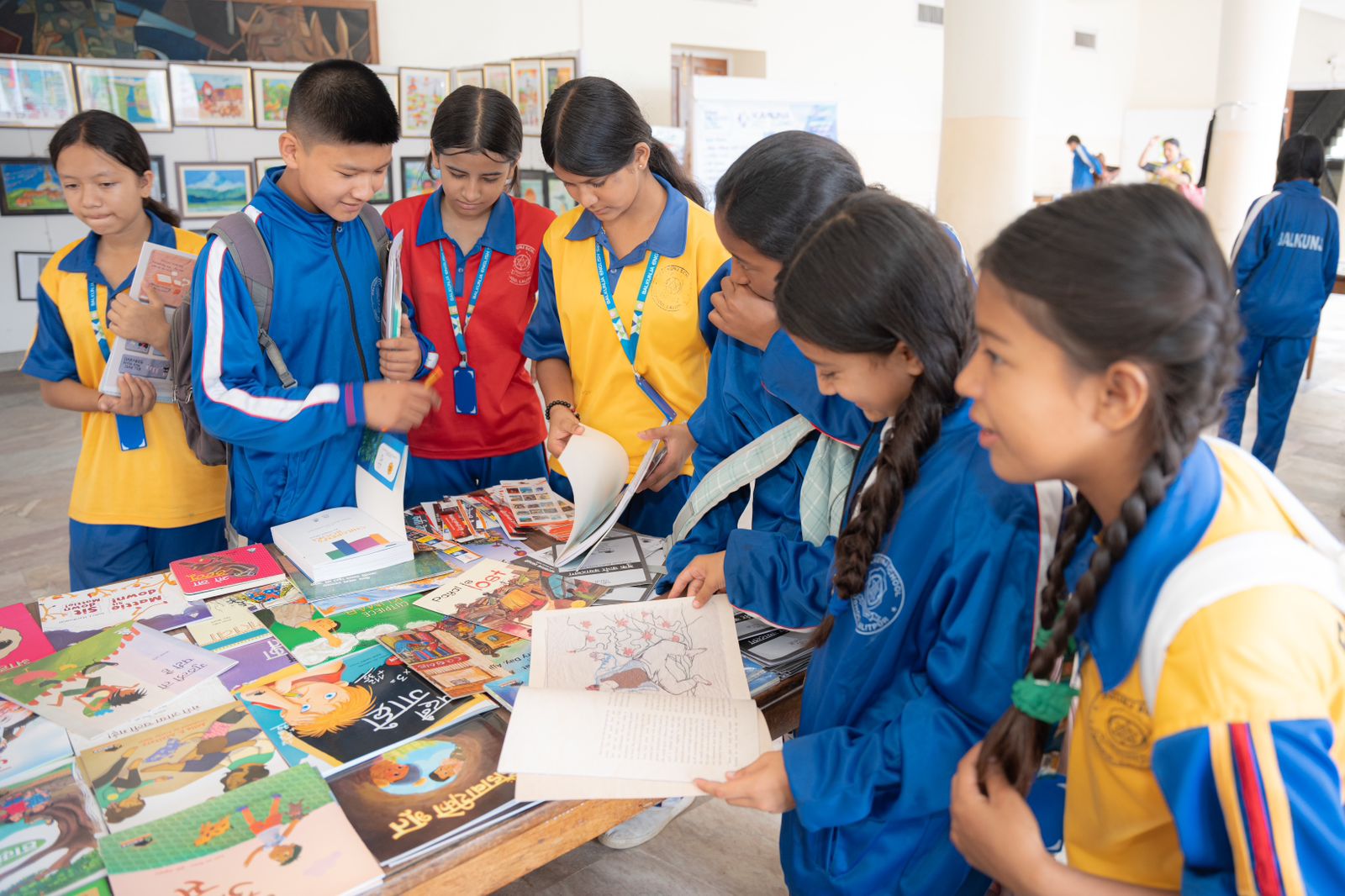
Country Director of Room to Read, Pushkar Lal Shrestha emphasized during the opening ceremony, “Every child deserves access to a library filled with a rich variety of books—books that ignite their curiosity, spark their imagination, and open new worlds. Our mission is clear: to reach even more students with the resources they need to thrive, and we believe there is no such thing as too many quality books."
While children’s literature in Nepal has flourished in recent years, there is still a pressing need to cultivate a more inclusive and diverse global market. Every child, everywhere, should have access to high-quality books that reflect their unique experiences, inspire curiosity and empathy, and foster a love of reading.
“Despite our rich heritage of using stories for instruction, the role of literature in the holistic development of children was not well understood until recent times. Fortunately, the need to encourage leisure reading is now widely recognized in schools and among parents,” said Deepa Agrawal, an author and poet from India.
“Contemporary non-fiction is a rich and compelling genre that supports students’ development as critical, visual, and information-literate thinkers and creators,” stated Mahesh Pathirathna, Global Book Publishing Advisor for Room to Read.
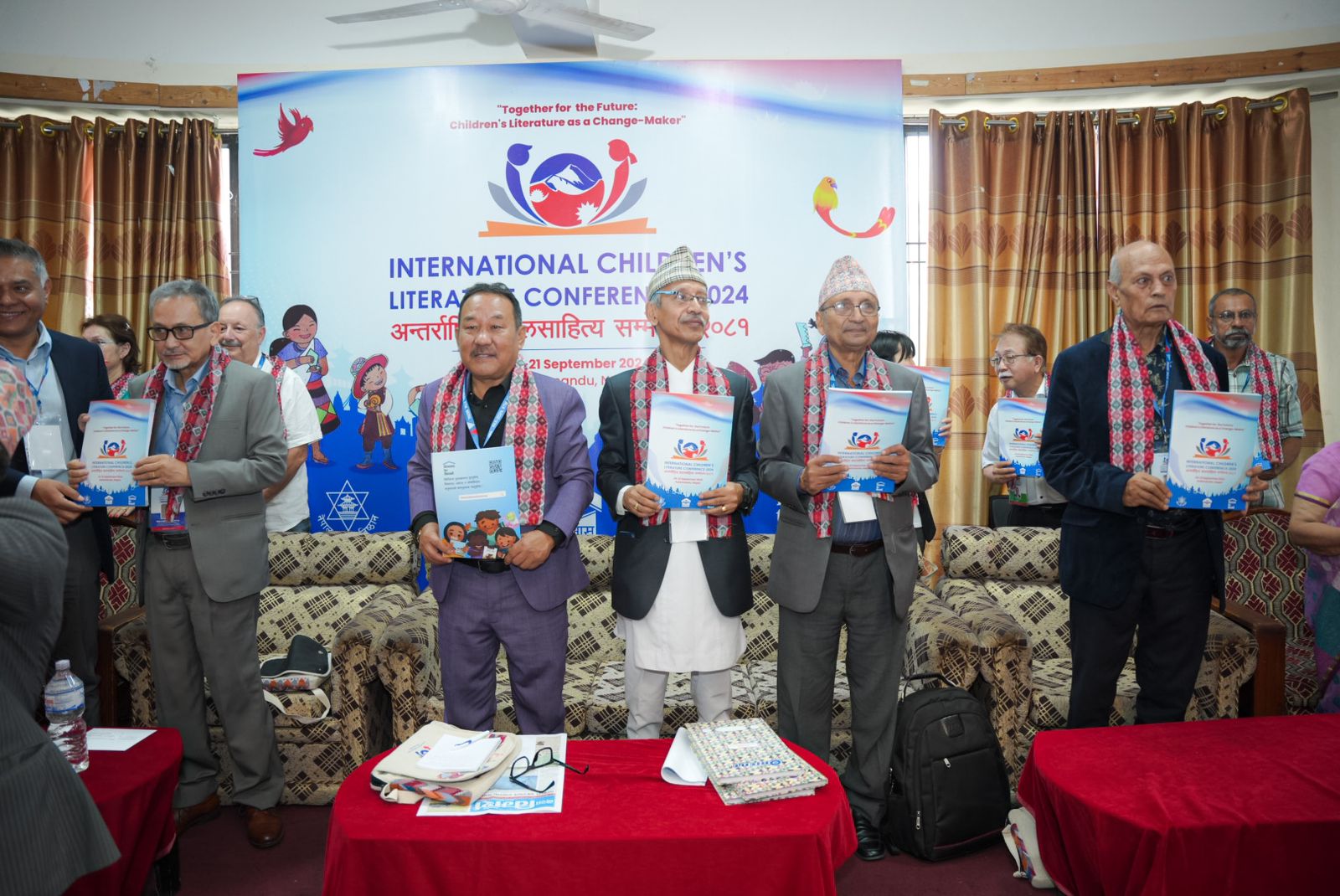
In his paper, Missing Genre in Asian Children’s Literature: Why Narrative Non-fiction is the Way Forward for Small Markets, Pathirathna highlighted the gap in children's non-fiction books and how collaboration between Illustrators and writers can help address difficult conversations about the world in a way that is easily digestible for young readers.
A survey of 2,503 children’s storybooks in Nepal revealed that 78 per cent are fiction, while only 22 per cent are non-fiction, underscoring the scarcity of this genre.
“Life is a puzzle. Teaching children to write stories equips them with the tools they need to solve them. That’s why I believe that when you teach children to write stories, you inevitably teach them about life,” shared Brigitte Rozario, a Malaysian journalist, writer, and editor.
The International Children's Literature Conference offered a unique opportunity to exchange experiences, raise awareness, and enhance visibility on a global scale.

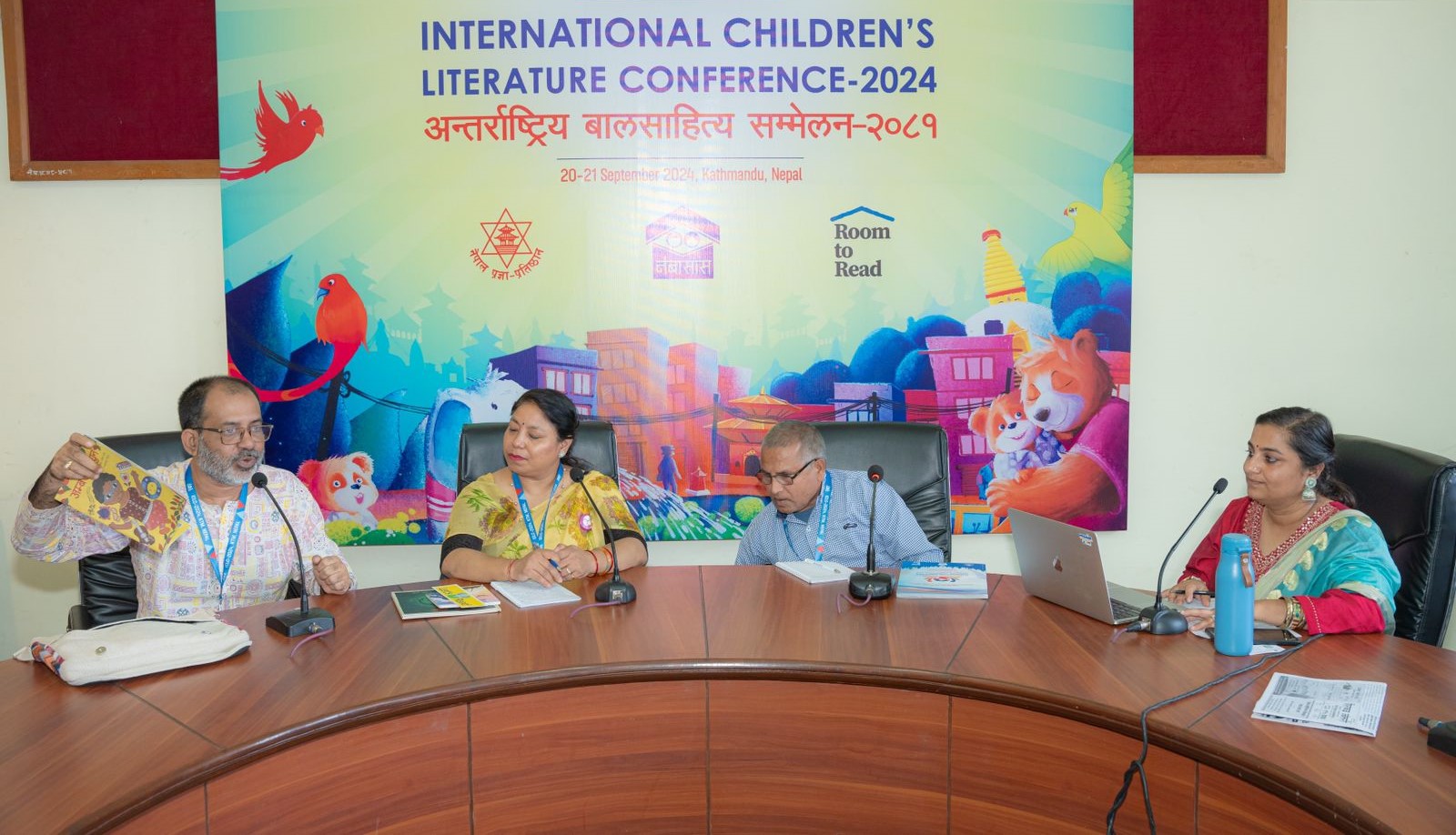



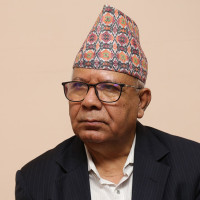
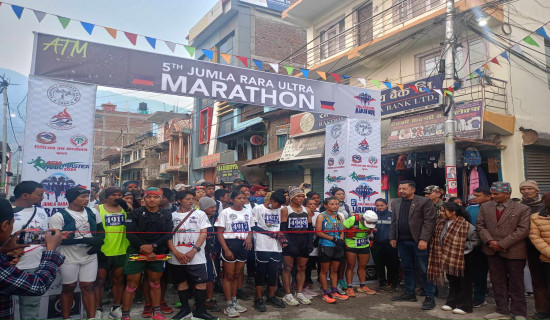

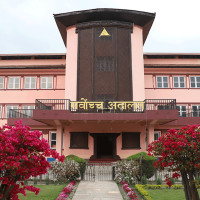


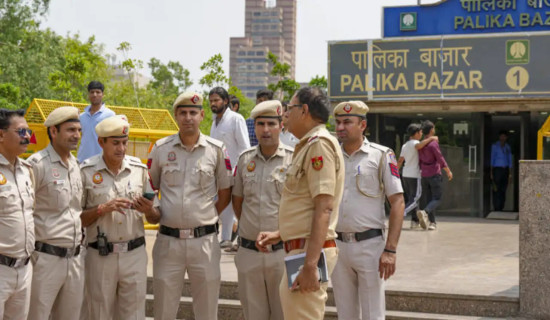
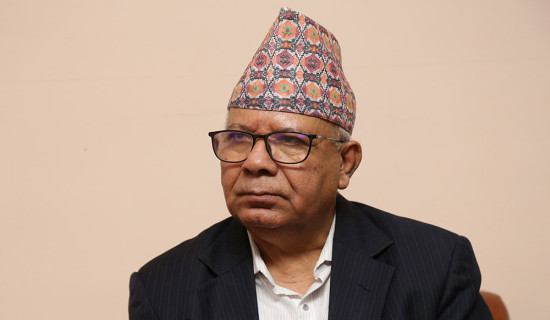

-original-thumb.jpg)